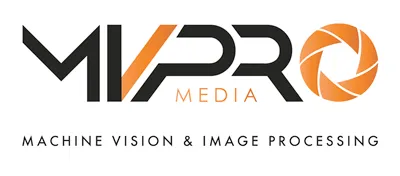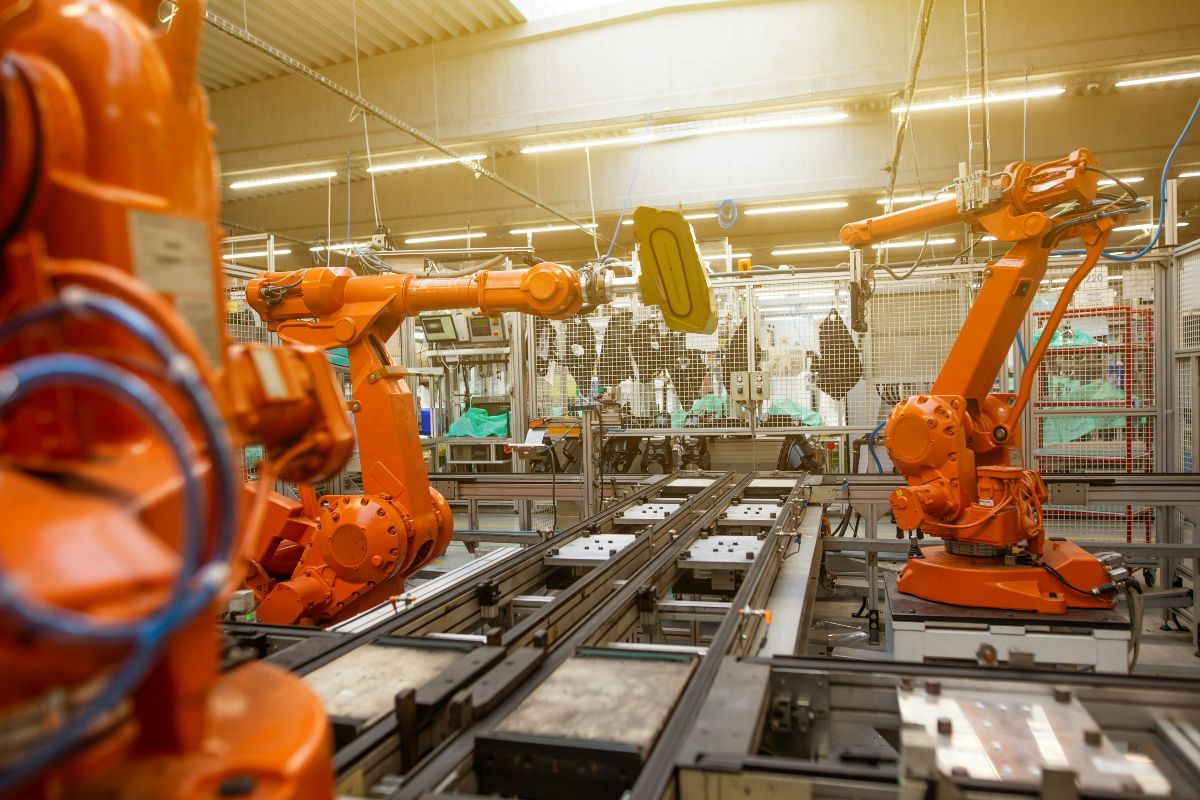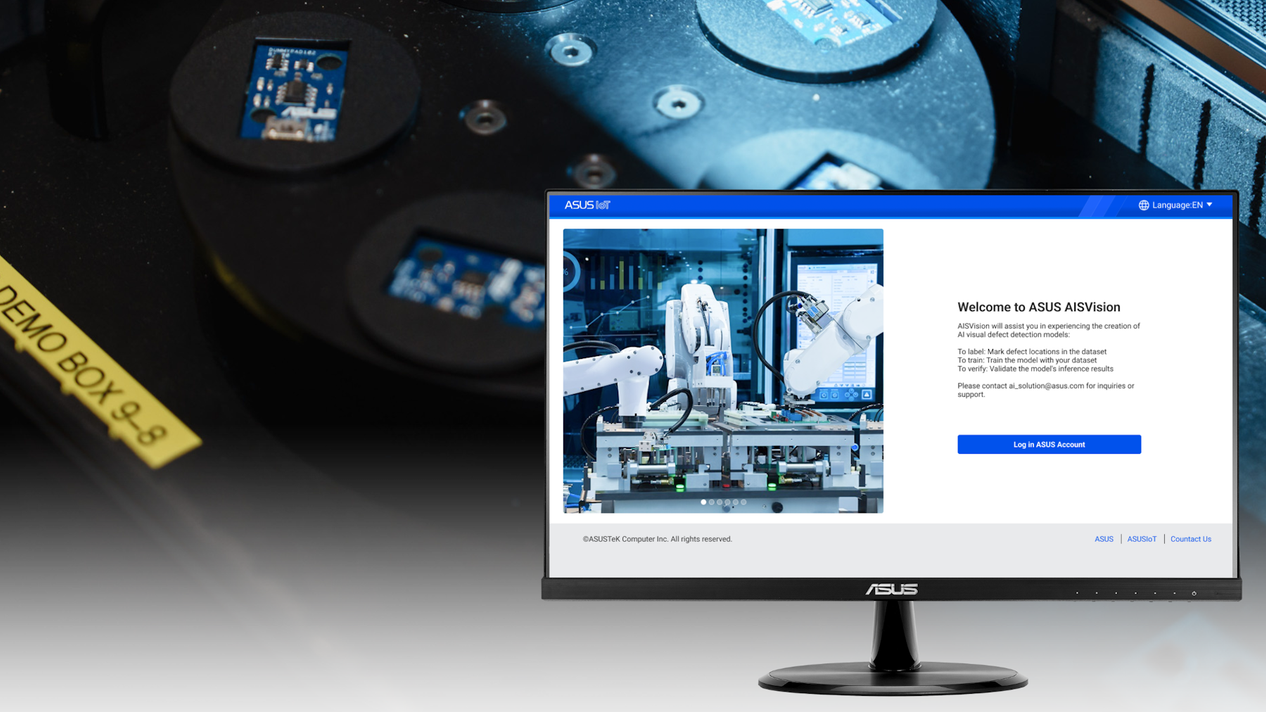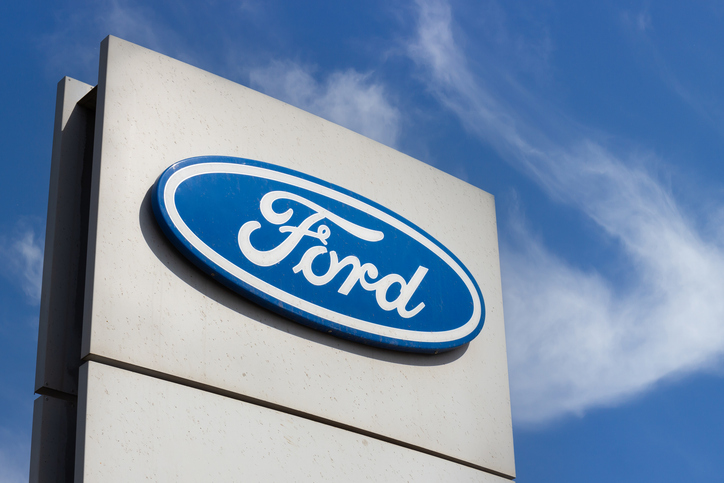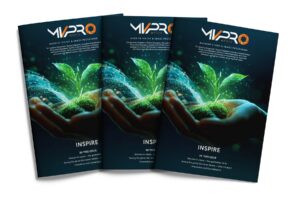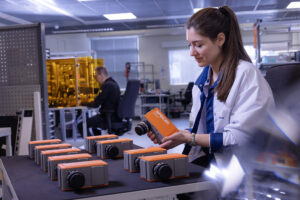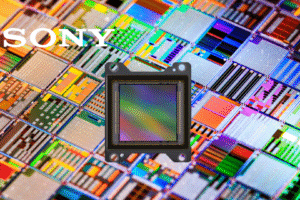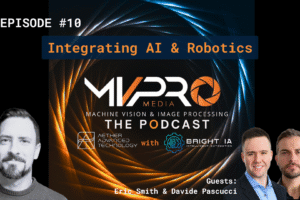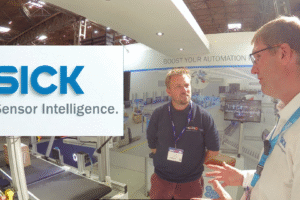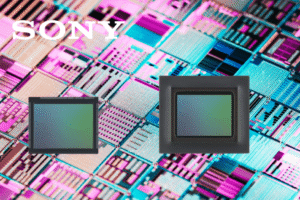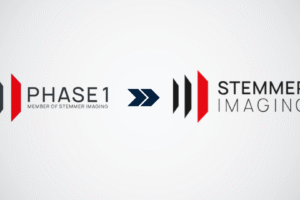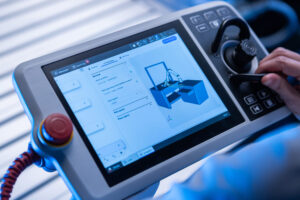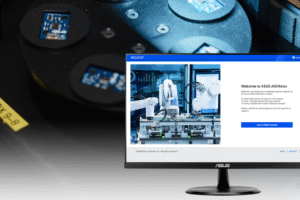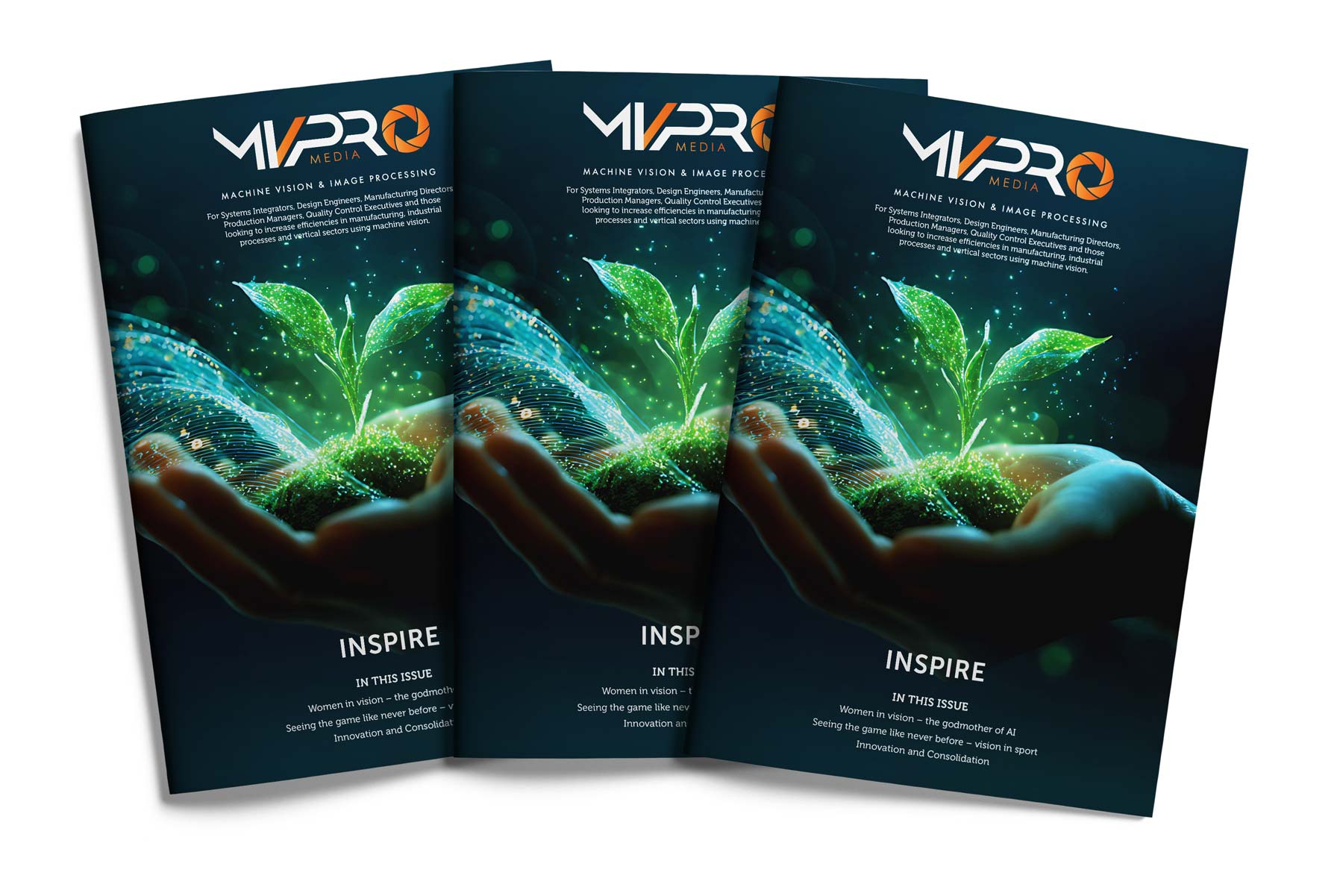The growing demand for electric, hybrid and autonomous vehicles is giving the automotive industry a very rare opportunity to reset approaches to machine vision software for visual inspection, or ensure they get things right the first time if they’re new to the industry.
Unfortunately, much of the software to date has given machine vision – and automation in general – the reputation of being complicated, expensive, and frustrating. Many people assume that using hardware from different vendors is the major challenge when building a vision system, but hardware isn’t the problem. What’s tricky is getting the mix of software packages from different vendors to work well and with one another.
Visual inspection teams need to make sure they fully explore and understand the software underpinning machine vision systems. This is especially important for automotive OEMs and suppliers gearing up for increased demand for electric, hybrid, and autonomous vehicles.
Reset by Asking the Right Questions
When it comes to purchasing a new machine vision solution, there are usually two key questions that get asked: “how much will the software license cost me to run the hardware?”, and “what’s it going take to integrate, manage, and train users on the new component?” These are important considerations, but there is a third question that should also be asked: “is there a way to run an entire system from the same vision software suite by a single vendor, even if I need vision hardware from different vendors?”
In fact, this third question is the most crucial to ask when deploying machine vision systems. This question should be at the forefront, as it is the one that will help quality inspection teams decide whether the money they’re about to spend will finally fix – or help avoid – the most common pitfall of traditional machine vision system designs: having to deal with the hodgepodge of software platforms from different vendors and the challenges that setup poses when they want to add or update hardware components.
Software is the glue that underpins these machine vision systems. It either enables or prevents the different hardware components from coming together in the way engineers need to automate quality inspections. Whether they’re trying to improve quality control or conduct compliance audits, software is what connects the visual inspection technology with other business systems to support automated data capture and analysis. This interoperability is key, as operations and IT teams will have to interact with the software constantly to engineer inspection processes, train deep learning models, decide what passes or fails inspection, meet service level agreements, and protect their brand’s reputation for quality and safety.
There are user friendly, scalable, and secure single-vendor software suites that can run different types of hardware components such as cameras, barcode scanners, sensors, and robotic arms for visual inspection, process automation, and track and trace. These vision software suites can run cameras, sensors, and scanners, from different vendors into the system without operators needing to configure, learn or manage different software packages or pay licensing fees to multiple vendors. They can also interface with the systems that run robots to help guide them in automated workflows.
Machine vision doesn’t just have to be a way to compensate for labour shortages or validate worker decisions. Machine vision can be the mechanism used to build trust in the brand and protect the bottom line. Real-time analytics and data capture capabilities can help engineering teams be confident that defective parts or vehicles aren’t slipping past human inspectors and enable quick intervention when issues are identified.
Machine Vision That Can Change with the Industry
Many automotive OEMs and suppliers likely turned to machine vision in the past to make it easier to meet stringent production tolerances, ensure precise quality control, and keep pace with evolving industry standards. It also meant systems were pieced together over time to meet the need for new capabilities to satisfy increasingly complex production demands, maintain consistency with inspections, and reduce defects. It’s difficult to maintain higher throughput and regulatory compliance without automating. But in the effort to gain efficiency and ensure repeatable accuracy, the automotive industry ended up with a collection of various software packages and related challenges.
As the automotive industry evolves, machine vision software must evolve with it. The automotive industry must be able to make incremental changes to machine vision system as business needs change, as we’re seeing with the growth in electric, hybrid and autonomous vehicles. A unified software platform should not only handle current tasks but also support future technologies such as AI-driven inspection and deep learning models. This flexibility ensures that as electric and autonomous vehicles require more complex inspections, your software will scale to meet those demands without requiring a major system overhaul.
So, next time there is a conversation about automating inspections, the tech provider or system integrator should be asked if the system design they’re recommending can be set up to run from a single software suite, even if the hardware is from different vendors.
If the answer is “yes” then other, important questions can follow. These should include questions about interoperability, data security, the ability to scale the solution, support for 2D/3D inspection, current and future AI applications including deep learning models, and training time needed.
Swapping out hardware is easy, and the right software will make future workflow updates feel like minor tweaks rather than major overhauls. Engineering teams and programmers should focus on finding flexible, future-proofed software that can run any hardware they want and won’t leave them with regrets in a couple months or years.
Learn more about powerful machine vision software here.
Written by Marc Voskeritchian, Senior Machine Vision Account Manager, Zebra Technologies
